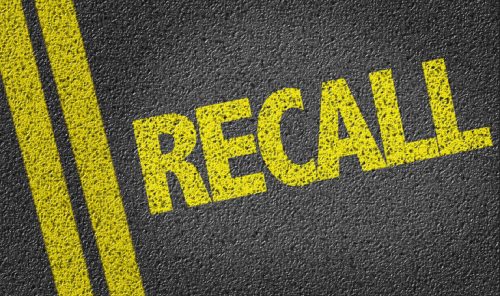
The process of a vehicle recall is supposed to be simple: The manufacturer finds out there is a potentially dangerous issue with their vehicles and they report it – and then it is recalled. The vehicles are then repaired and everyone stays safe. Unfortunately, what should be a simple procedure is often far from it. Read on to learn more and then contact The Law Offices of Larry H. Parker at 800-333-0000 if you have been injured as a result of product liability.
The numbers and the process
According to a recent article by Car and Driver, in the last decade more than 82 million vehicles have been recalled by the manufacturer and the National Highway Traffic Safety Association (NHTSA) has recalled about 83 million themselves.
When a car manufacturer finds that their products has a flaw, then they are required by law to file what are known as Early Warning Reports. These should state all claims regarding property damage, wrongful death, injury, warranty claim, owner complaint, and internal studies. If said auto manufacturer issues a recall then they have five business days to tell NHTSA. They must then create a detailed timeline of the defect, how it was discovered, and plans to fix the problem. There are then 60 days for the owners of the vehicles to be notified.
The process of an NHTSA vehicle recall
On the other hand, an NHTSA vehicle recall is a little different and involves four steps. First is research. They get about 10,000 complaints per year from drivers across the country. Their Office of Defects looks at the complaints, tracks recalls overseas, looks at insurance data, and analyzes federal crash data to find out what vehicles may require a recall. They also read petitions created by consumers who want an investigation into a specific defect.
Next, the NHTSA evaluates the data. This is called the preliminary evaluation and it involves the NHTSA requesting all available data about the defect from the manufacturer of the vehicle. This process can be done as quickly as a few months but it often takes years to be completed.
The third step is the engineering analysis. If the NHTSA comes to believe that there may in fact be a defect within a particular vehicle, then they will ask for more information from the manufacturer but they will also do their own engineering studies and quality checks.
Finally, if the NHTSA finds there is a legitimate issue and the automaker does not do their own recall, then the NHTSA will do so. If they find that the automaker did not report a known defect then said manufacturer will be fined more than $17 million.
Have you been injured by a product?
Whether it’s a car or an electric toothbrush, if you buy a product from a company then you should have the reasonable expectation that it is safe when used appropriately. If it is not, then you may have grounds for a personal injury lawsuit. Contact The Law Offices of Larry H. Parker at 800-333-0000 now to file a lawsuit or learn more about your options.



